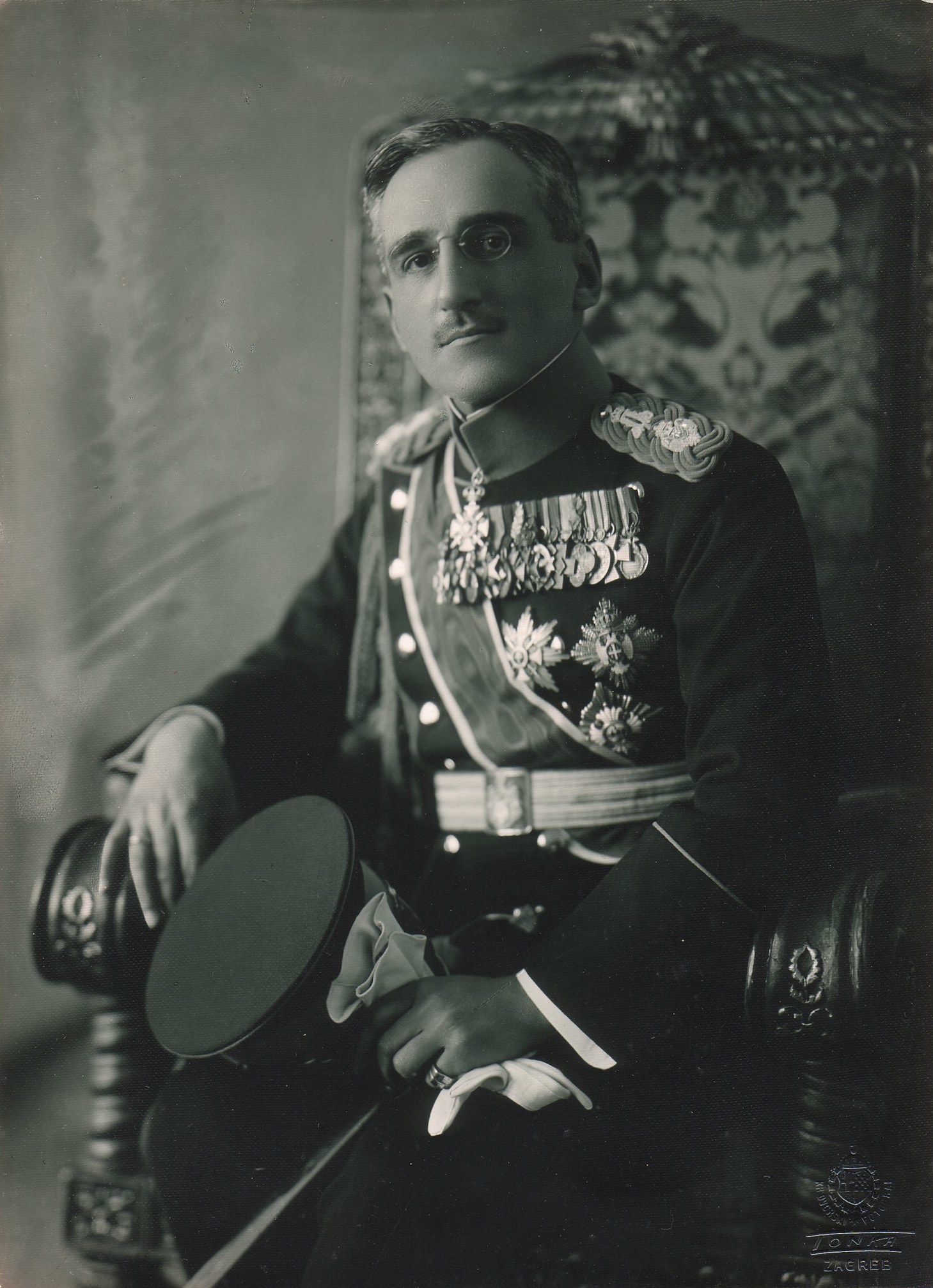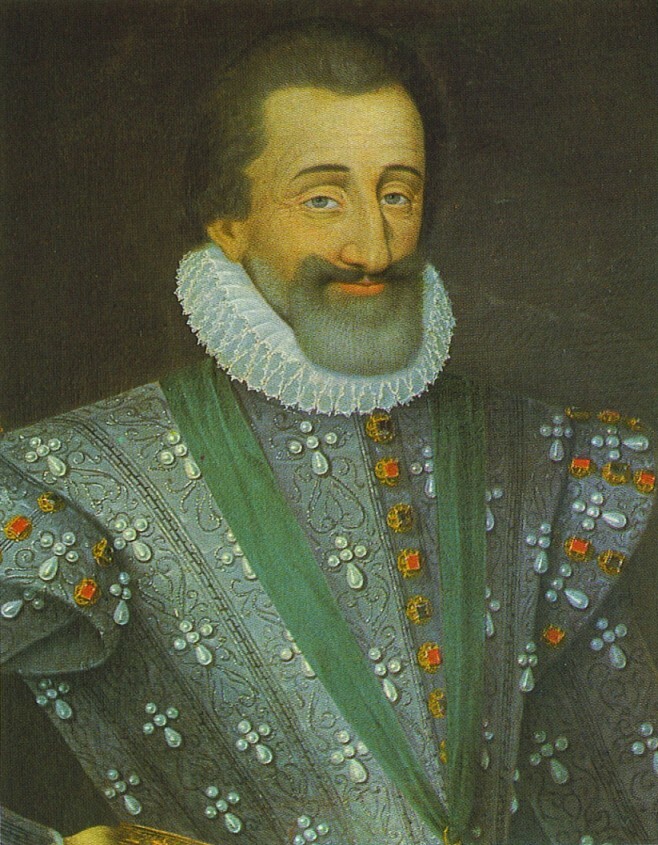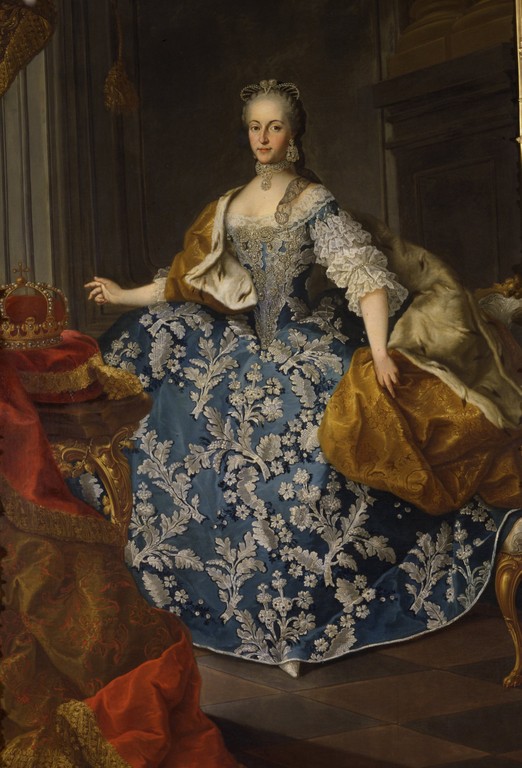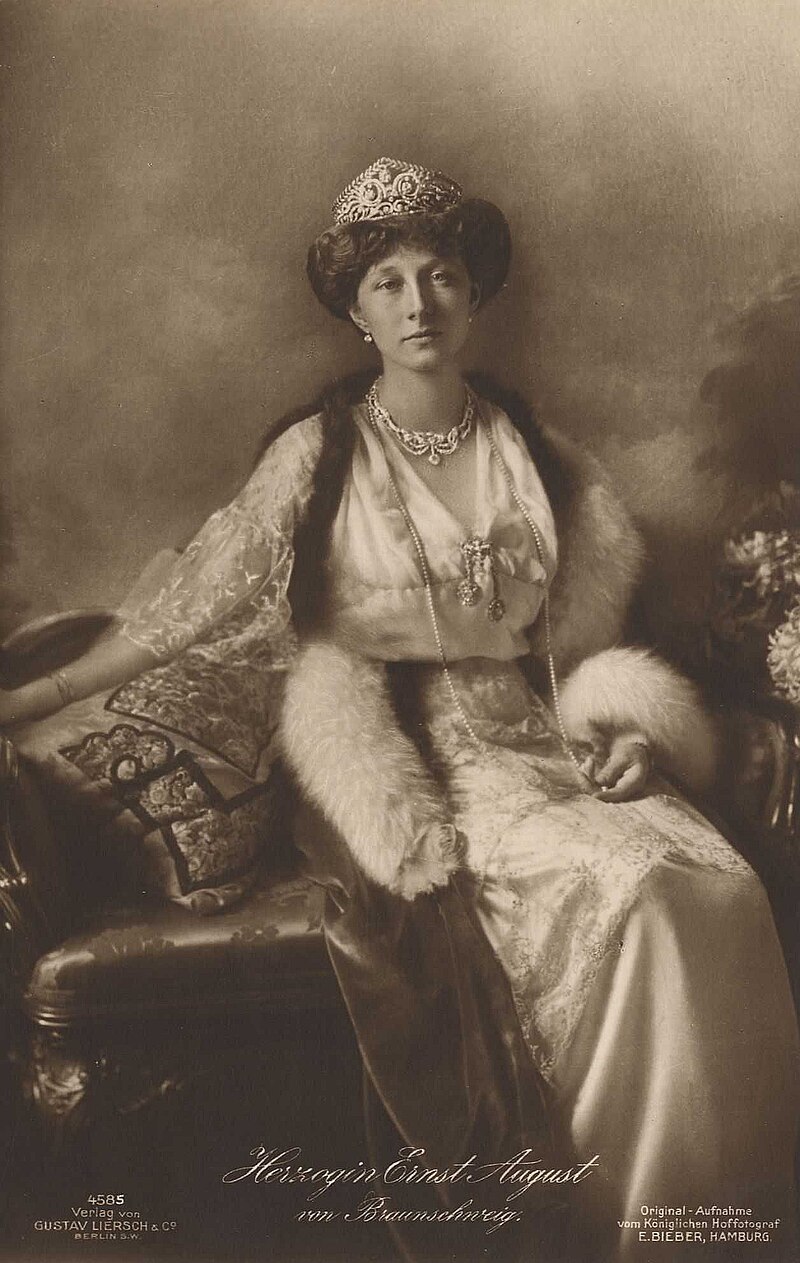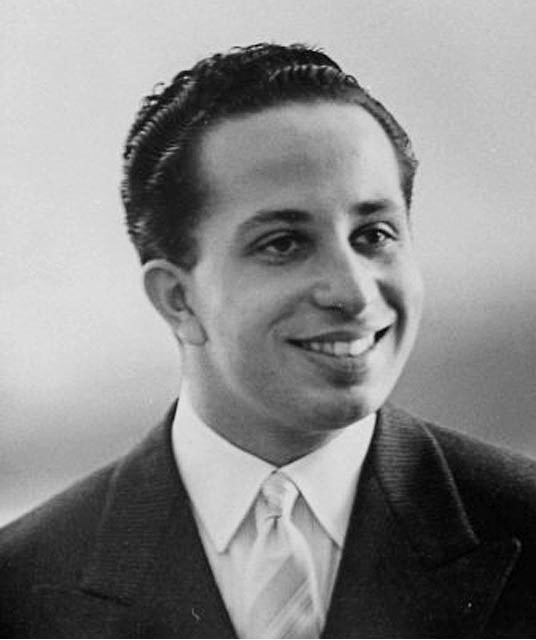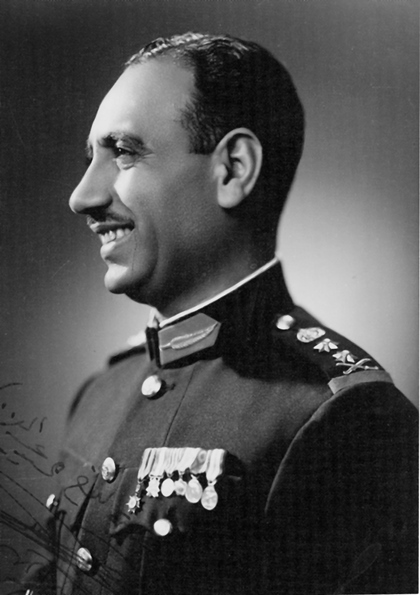by Susan Flantzer
© Unofficial Royalty 2023
Principality of Schwarzburg-Rudolstadt and the Principality of Schwarzburg-Sondershausen: The County of Schwarzburg was a state of the Holy Roman Empire from 1195 to 1595, when it was partitioned into Schwarzburg-Rudolstadt and Schwarzburg-Sondershausen. The new counties remained in the Holy Roman Empire until its dissolution. In 1697, the County of Schwarzburg-Sondershausen was elevated to the Principality of Schwarzburg-Sondershausen. The County of Schwarzburg-Rudolstadt was elevated to the Principality of Schwarzburg-Rudolstadt in 1710.
The death of Karl Günther, Prince of Schwarzburg-Sondershausen without an heir in 1909 caused the Principalities of Schwarzburg-Rudolstadt and Schwarzburg-Sondershausen to be united under Günther Victor, Prince of Schwarzburg-Rudolstadt in a personal union. Following his succession in Sondershausen, Prince Günther Victor dropped the name Rudolstadt from his title and assumed the title Prince of Schwarzburg.
At the end of World War I, Prince Günther Victor was the last German prince to renounce his throne, abdicating on November 22, 1918. He made an agreement with the government that awarded him an annual pension and the right to use several of the family residences. The territory that encompassed the Principalities of Schwarzburg-Rudolstadt and Schwarzburg-Sondershausen is now located in the German state of Thuringia.
**********************

Christina Sophia of East Frisia, Princess of Schwarzburg-Rudolstadt; Credit – Wikipedia
Princess Christina Sophia of East Frisia ( See Wikipedia: East Frisia) was the second of the two wives of Friedrich Anton, Prince of Schwarzburg-Rudolstadt. Born on March 16, 1688, in Bayreuth, then in the Margraviate of Brandenburg-Bayreuth, now in the German state of Bavaria, she was the second of the ten children and the eldest of the five children of Christian Eberhard, 3rd Prince of East Frisia and his first wife Princess Eberhardine Sophie of Oettingen-Oettingen. Christina Sophia’s paternal grandparents were Georg Christian, Count of East Frisia and Duchess Christine Charlotte of Württemberg. Her maternal grandparents were Albrecht Ernst I, Prince of Oettingen-Oettingen and Duchess Christine Friederike of Württemberg. Sophia Christina’s grandmothers were sisters.
Christina Sophia had nine siblings:
- Prince Leopold Ignaz of East Frisia (born and died 1687), died in infancy
- Princess Marie Charlotte of East Frisia (1689 – 1761), married Friedrich Ulrich of East Frisia, had one daughter
- Georg Albrecht, 4th Prince of East Frisia (1690 – 1734), married (1) Christiane Luise of Nassau-Idstein, had five children but only one survived infancy (2) Sophie Caroline of Brandenburg-Kulmbach, no children
- Prince Ulrich Friedrich of East Frisia (born and died 1691), died in infancy
- Prince Karl Enno of East Frisia (1692 – 1709), died in his teens
- Princess Friederike Wilhelmine of East Frisia (1695 – 1750), unmarried
- Prince Enno August of East Frisia (1697 – 1725), unmarried
- Princess Juliana Luise of East Frisia (1698 – 1740), married Duke Joachim Frederick of Schleswig-Holstein-Sonderburg-Plön, no children
- Princess Christine Charlotte of East Frisia (1699 – 1733), unmarried
In 1700, when Christina Sophia was 12-years-old, her mother Eberhardine Sophie died at the age of 34. A year after her mother’s death, Christina Sophia’s father Christian Eberhard morganatically married his late wife’s maid of honor Anna Juliana von Kleinau, who received the title of Freifrau (Baroness) von Sandhorst.
Christina Sophia had one half-sister from her father’s second marriage:
- Antoinette Sophie Juliane von Sandhorst (1707 – 1725), died from smallpox, aged 18
In 1708, when Christina Sophia was 20-years-old, her father Christian Eberhard, Prince of East Frisia, who had always been sickly died, aged 42, and was succeeded by his 18-year-old son Georg Albrecht.
Christina Sophie’s husband Friedrich Anton, Prince of Schwarzburg-Rudolstadt; Credit – Wikipedia
On December 4, 1727, Sophia Wilhelmina of Saxe-Coburg-Saalfeld, the first wife of Friedrich Anton, Prince of Schwarzburg-Rudolstadt, died. On January 6, 1729, Friedrich Anton married again to Christina Sophia. While their marriage was childless, Christina Sophia was the stepmother to her husband’s two surviving children from his first marriage:
- Johann Friedrich, Prince of Schwarzburg-Rudolstadt (1721 – 1767), married Bernardina Christiane of Saxe-Weimar-Eisenach, had four surviving daughters
- Sophia Albertine of Schwarzburg-Rudolstadt (1724–1799), unmarried
During Christina Sophia’s marriage to Friedrich Anton, her husband issued letters of protection to Jewish families and allowed them to settle in Schwarzburg-Rudolstadt. These families developed into the Jewish community of the Principality of Schwarzburg-Rudolstadt. In 1732, 2,000 Protestant exiles from Salzburg, Austria arrived in Rudolstadt. They had been expelled when Salzburg began enforcing Catholicism in 1731. They were welcomed with the ringing of church bells and a church service at the Stadtkirche St. Andreas Church (link in German) in Rudolstadt.

Schwarzburg Castle; Credit – Wikipedia
A year before Christiana Sophia’s marriage, a fire damaged Schwarzburg Castle (link in German) and the Schlosskirche (castle church, link in German). Reconstruction necessitated by a 1695 fire had just been completed in 1713. A fire at Heidecksburg Castle (link in German) in 1735 caused two wings to be burned down to the ground floor. The reconstruction costs were substantial and the reconstruction of Heidecksburg Castle was not completed until 1744, two months after Friedrich Anton’s death.

Schlosskirche Schwarzburg, circa 1890; Credit – Wikipedia
Friedrich Anton, Prince of Schwarzburg-Rudolstadt died September 1, 1744, aged 52, in Rudolstadt. He was buried at the Schlosskirche Schwarzburg, the castle church at Schwarzburg Castle in Schwarzburg, Principality of Schwarzburg-Rudolstadt, now in the German state of Thuringia. Christina Sophia survived her husband by six years, dying on March 31, 1750, in Rudolstadt, aged 62, and was buried with her husband at the Schlosskirche Schwarzburg, the castle church at Schwarzburg Castle.

Stadtkirche St. Andreas; Credit – Wikipedia
In the early 1940s, the remains of the Schwarzburg-Rudolstadt family buried at the Schlosskirche Schwarzburg were transferred to the Stadtkirche St. Andreas in Rudolstadt, Thuringia, Germany before the demolition of Schwarzburg Castle and Schlosskirche Schwarzburg by the German government who planned to convert the castle into Adolf Hitler’s Imperial Guest House. However, the construction was never completed and the ruins of the castle and the incomplete construction of the guest house were left for years until reconstruction of the original castle, which is still occurring, began.
This article is the intellectual property of Unofficial Royalty and is NOT TO BE COPIED, EDITED, OR POSTED IN ANY FORM ON ANOTHER WEBSITE under any circumstances. It is permissible to use a link that directs to Unofficial Royalty.
Works Cited
- Christian Eberhard ‘Der Friedsame’ von Ostfriesland, 3’er fürst zu ostfriesland (2022) geni_family_tree. Available at: https://www.geni.com/people/Christian-Eberhard-von-Ostfriesland-3-er-F%C3%BCrst-zu-Ostfriesland/6000000016072127364# (Accessed: 07 September 2023).
- Christian Everhard, Prince of East Frisia (2023) Wikipedia. Available at: https://en.wikipedia.org/wiki/Christian_Everhard,_Prince_of_East_Frisia (Accessed: 07 September 2023).
- Christina Sophia von Ostfriesland (1688–1750) (2023) Wikipedia (German). Available at: https://de.wikipedia.org/wiki/Christina_Sophia_von_Ostfriesland_(1688%E2%80%931750) (Accessed: 07 September 2023).
- Eberhardine Sophie von Oettingen-Oettingen (2022) Wikipedia (German). Available at: https://de.wikipedia.org/wiki/Eberhardine_Sophie_von_Oettingen-Oettingen (Accessed: 07 September 2023).
- Flantzer, Susan. (2020) Friedrich Anton, Prince of Schwarzburg-Rudolstadt, Unofficial Royalty. Available at: https://www.unofficialroyalty.com/friedrich-anton-prince-of-schwarzburg-rudolstadt/ (Accessed: 07 September 2023).

